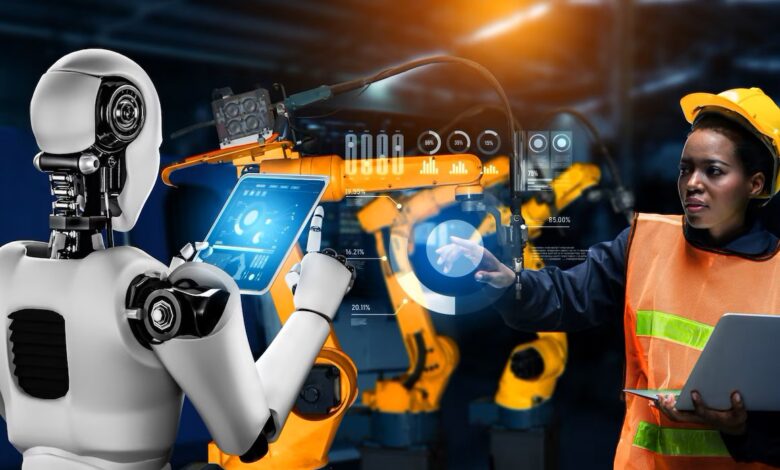20 Unwritten Rules About Robotics and Automation

Robotics and automation are transforming industries across the globe, from manufacturing and logistics to healthcare and space exploration. But beyond the hardware, software, and sensors lies a culture of unspoken wisdom that every engineer, developer, or enthusiast eventually learns. Here are 20 unwritten rules about robotics and automation that aren’t taught in textbooks—but are essential to know.
1. Simulations Lie—Test in the Real World
No matter how good your simulation is, the real environment will always throw curveballs. Expect the unexpected.
2. Nothing Is Truly Plug-and-Play
Even “plug-and-play” components usually require configuration, tweaking, or firmware updates.
3. Cables Will Be Your Greatest Enemy
From tangling to breaking to causing intermittent errors—wires and connectors are the silent saboteurs of robotics.
4. Mechanical Failures Happen Before Software Fails
A robot’s joints, actuators, or bearings will likely fail long before the code crashes.
5. Always Have a Kill Switch
If it moves, it needs an emergency stop. Period.
6. Sensors Lie Too
Sensors drift, get dirty, get blocked, or give weird readings. Never fully trust them without validation.
7. The Floor Is Never as Flat as You Think
Especially in mobile robotics, floors can mess with navigation in ways that CAD drawings never show.
8. Version Control Isn’t Just for Code
Keep track of hardware changes, sensor swaps, and firmware updates—everything affects performance.
9. Calibration Is a Lifestyle, Not a One-Time Task
Precision fades over time. Regular recalibration is key to reliability.
10. Cheap Components Will Cost You More in the Long Run
A budget motor might work today—but fail under load tomorrow. Invest wisely.
11. Don’t Let the Robot Outrun Its Sensors
If your robot moves faster than its sensors can scan and respond, you’re headed for a crash—literally.
12. Battery Life Is Always Less Than You Expect
Especially under full load. Plan for more power than you think you need.
13. The Law of Murphy Applies Strongly to Robotics
If something can go wrong—it will. Usually during a live demo.
14. Autonomous Doesn’t Mean Unsupervised
No system is truly “set it and forget it.” Someone always needs to monitor.
15. Mechanical Tolerance Matters More Than You Think
A millimeter off can mean the difference between smooth operation and catastrophic failure.
16. Safety Is a Design Feature, Not an Afterthought
From interlocks to warning systems—design safety into your system from day one.
17. Document Everything or Prepare to Regret It
That quick fix you made today? You’ll forget it tomorrow. Write it down.
18. Debugging Can Take Longer Than Building
Expect to spend more time tuning, fixing, and optimizing than assembling the first version.
19. Users Will Use It Wrong
No matter how foolproof you think your system is, someone will find a new way to break it.
20. Robots Aren’t Replacing Everyone—They’re Changing the Game
Automation doesn’t eliminate jobs; it shifts roles. The challenge is in adaptation, not elimination.
Robotics and automation may seem like fields governed by precision and predictability, but in reality, they’re shaped by adaptability, patience, and experience. Mastering the tech is only half the journey—understanding these unspoken rules is what turns a good roboticist into a great one.




